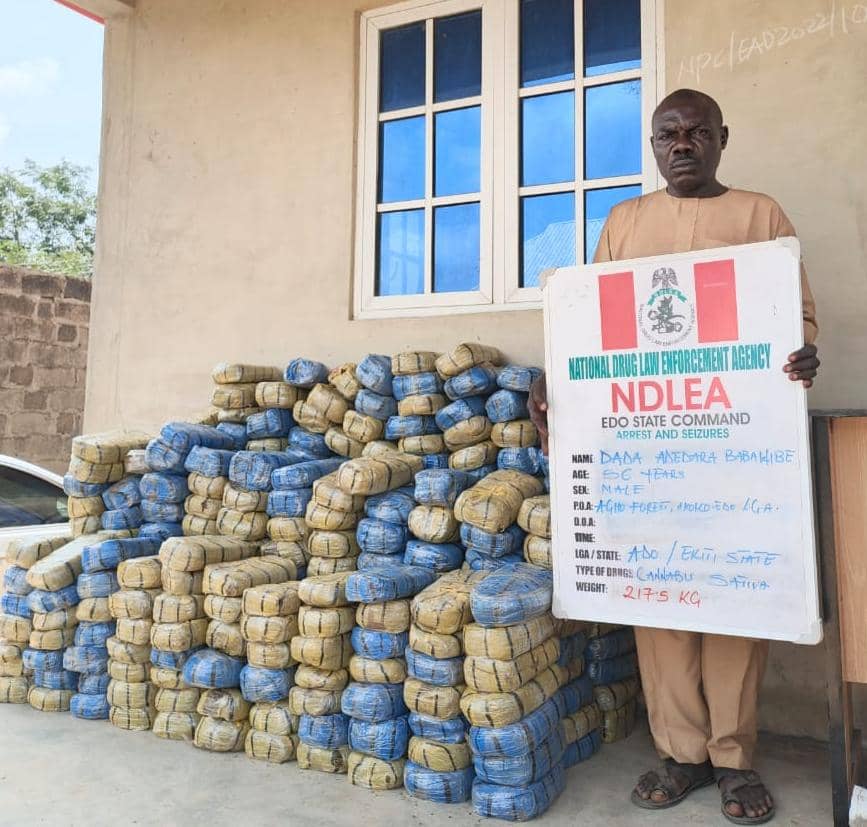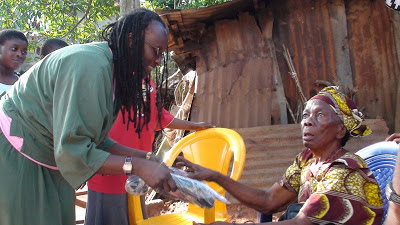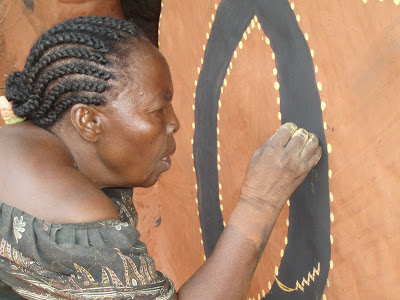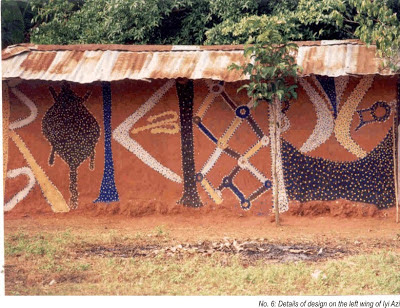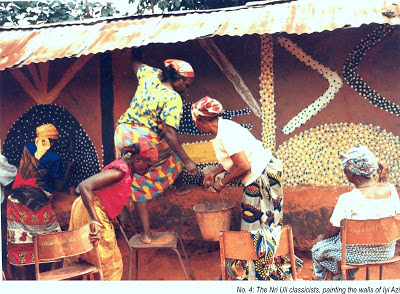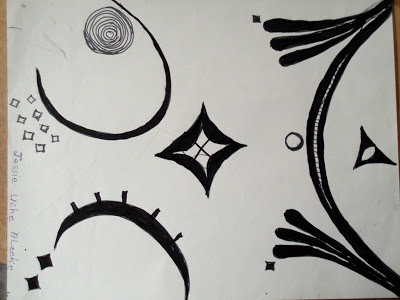While serving as American Ambassador to Nigeria, Robin Sanders loved the art of Uli (creative decorations done on different media) by Igbo women of South-eastern Nigeria.
Sanders carried out research works on Uli, a form of non-verbal communication among the people. Her appreciation of Uli made her to attend several exhibitions and workshops on Uli. Below is her piece during one of such exhibitions.
What provides inspiration, passion, and that energizes you to connect to the past so that you can better understand the present? For me it is social and political expressions of the things that are important to me. There are a number of forms in various cultures that serve for social, artistic and political expression.
Their fortitude underscored to me the depth of just how important it is to hold on to the traditions of your ancestors because they help identify who we are today.
Uli drawing by Jessie Uche, Inyi, Enugu State
Forms like Uli do communicate, whether through the medium of art or as an expression of the things important to a culture or a society. The legends or “classic” Uli women are bedrocks for all of us who have not only learned to love Uli, but their commitment should serve as an inspiration to today’s Uli practitioners — many of whom are here at this exhibition today.
These two groups of women – the classics or legends — and today’s Uli practitioners are symbols of connections that lead us all forward to the past. It is vital to remember the past is never far from us, and if we deny its existence, value, and impact on our lives then we miss not only living honestly, but also not contributing to the future.
should never forget this or let forms like Uli, which is endangered, pass on as we lose an important link between the past, present, and certainly a contribution to share with future generations.









